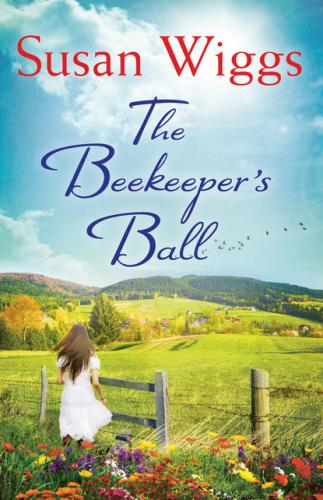One week after she emerges from her cell, the queen bee leaves the hive to mate with several drones in flight. To avoid inbreeding, she must fly a certain distance away from her home colony. Therefore, she makes several circles around the hive for orientation, so she can find her way back.
She leaves by herself and stays away for thirteen minutes. In the afternoon, hovering twenty feet above the earth, she will mate with anywhere from seven to fifteen drones. If foul weather delays this crucial mating flight for more than three weeks, her ability to mate will be destroyed. Her unfertilized eggs then result in drones.
The best honey comes from a source you know, and is processed without heat. Raw, unfiltered honey retains its royal jelly, bee pollen and propolis—three major sources of antioxidants, vitamins and minerals.
1 cup of locally produced, raw organic honey
2½ cups water
1 tablespoon dried culinary lavender
1 cup fresh squeezed lemon juice
Additional water, about 2 cups
Ice cubes or crushed ice
Combine honey and 2-½ cups of water in a saucepan and bring to a boil, stirring to dissolve the honey. When the mixture reaches a boil, stir in the lavender and remove from heat. Let the mixture steep for 20 minutes.
Strain the lavender from the liquid, then add the fresh lemon juice and an additional 2 cups of water. Use sparkling water if you wish. Pour into glasses full of ice and serve, garnished with a sprig of lavender or mint.
[Source: Original]
Конец ознакомительного фрагмента.
Текст предоставлен ООО «ЛитРес».
Прочитайте эту книгу целиком, купив полную легальную версию на ЛитРес.
Безопасно оплатить книгу можно банковской картой Visa, MasterCard, Maestro, со счета мобильного телефона, с платежного терминала, в салоне МТС или Связной, через PayPal, WebMoney, Яндекс.Деньги, QIWI Кошелек, бонусными картами или другим удобным Вам способом.
